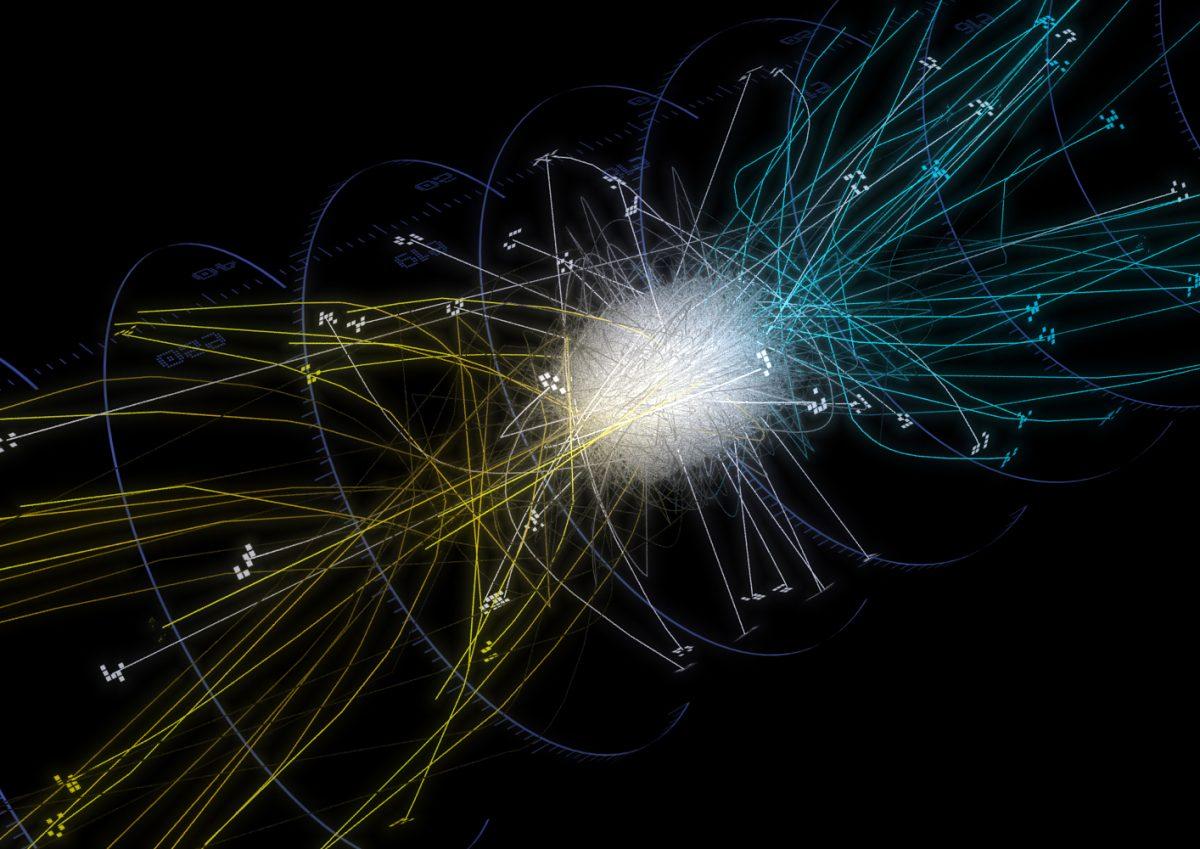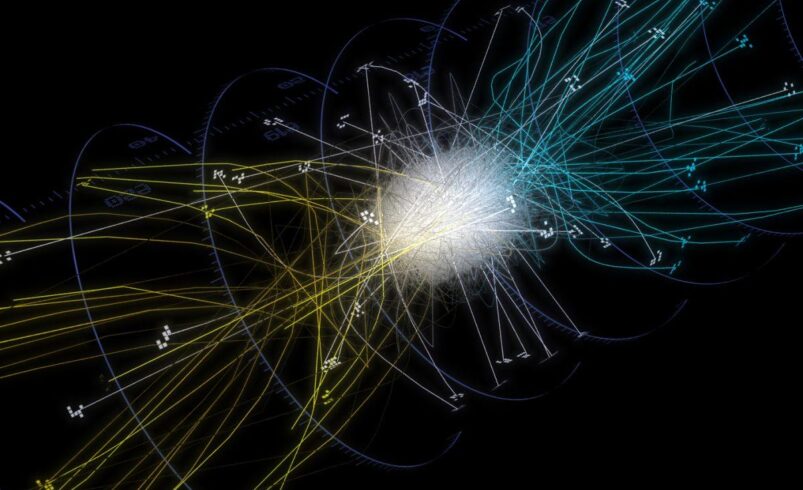The Priciest Substance on Earth: Unraveling the Enigma of Antimatter
Introduction:
In the realm of exotic and elusive substances, antimatter stands out as one of the most mysterious and fascinating. Not only does it possess extraordinary properties, but it also boasts the title of being the most expensive substance on Earth. In this blog post, we will delve into the enigma of antimatter, exploring its unique characteristics, production challenges, and the factors that contribute to its astronomical price tag.
Understanding Antimatter:
Antimatter is the mirror image of ordinary matter, comprising antiparticles that possess opposite electric charges and other quantum properties. When matter and antimatter come into contact, they annihilate each other in a burst of energy, releasing an amount proportional to Einstein’s famous equation, E=mc². This phenomenon makes antimatter a potential energy source of unparalleled efficiency, as its energy density far surpasses that of any known conventional fuel.
The Costly Production Process:
The primary reason behind the exorbitant cost of antimatter lies in its intricate and resource-intensive production process. Antimatter cannot be mined or extracted from nature; instead, it must be synthesized in particle accelerators. The most common method involves colliding high-energy particles to generate antimatter particles. However, this process demands state-of-the-art facilities, massive amounts of energy, and cutting-edge technology, making it an incredibly expensive endeavor.
Storage Challenges:
Once produced, storing antimatter becomes another formidable challenge. Antimatter annihilates upon contact with regular matter, posing a significant risk and requiring sophisticated containment systems. Magnetic fields and vacuum chambers are employed to isolate antimatter particles, adding another layer of complexity and cost to the overall production and storage process.
Supply and Demand Dynamics:
The limited availability of antimatter contributes to its high market value. Given the challenges associated with production and storage, only minuscule amounts of antimatter are generated in laboratories worldwide. As a result, the demand for antimatter far exceeds its supply, driving prices to astronomical levels.
Research and Development Costs:
The quest to harness the potential of antimatter for practical applications, such as energy production or medical imaging, requires extensive research and development efforts. Scientists and engineers invest significant resources in exploring the possibilities and overcoming the myriad challenges associated with antimatter utilization. These costs are inevitably transferred to the final price of the substance.
Ethical and Safety Considerations:
Beyond the scientific and technical challenges, ethical and safety concerns further contribute to the cost of antimatter. The potential for misuse or unintended consequences demands stringent regulations, security measures, and ethical considerations, all of which add to the overall expense of dealing with antimatter.
Conclusion:
In conclusion, the status of antimatter as the most expensive substance on Earth can be attributed to a combination of factors, including its intricate production process, storage challenges, supply and demand dynamics, research and development costs, and ethical considerations. While the cost may seem prohibitive, the potential applications and scientific advancements associated with antimatter continue to captivate the imagination of researchers and may hold the key to groundbreaking technologies in the future.






